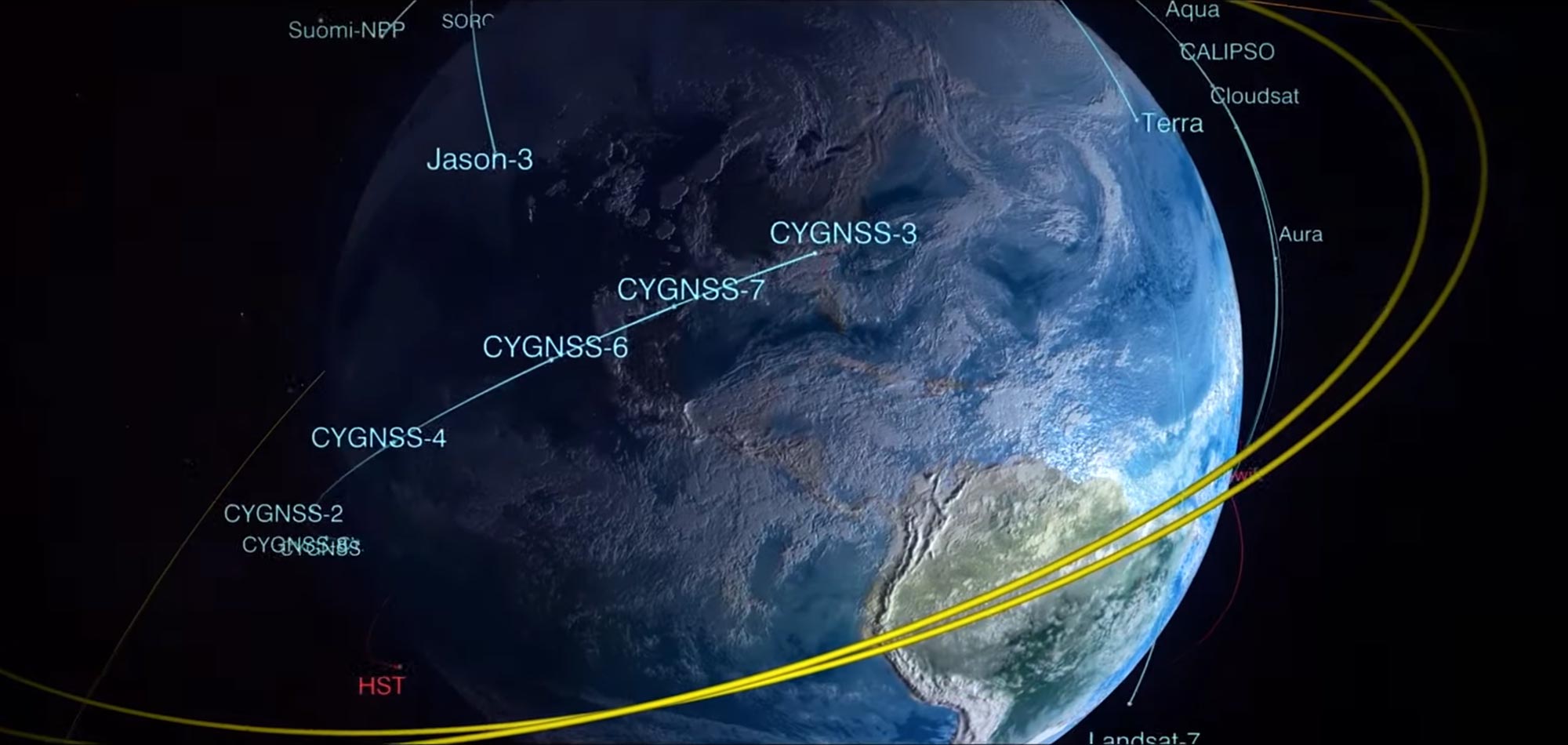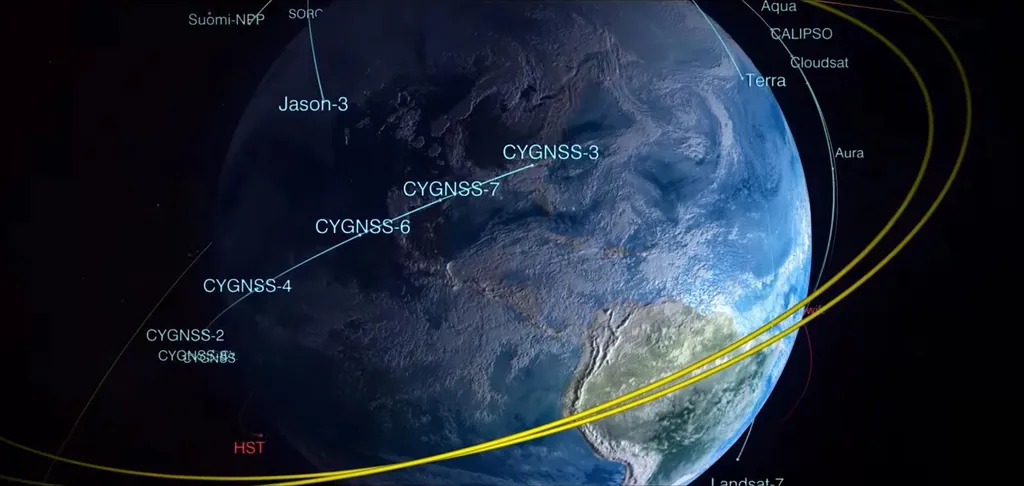

For more than 50 years, NASA satellites have provided data on Earth’s land, water, temperature, weather, and climate.
NASA satellites have provided open-source and publicly available data on Earth’s land, water, temperature, weather, and climate for more than 50 years.
To improve access to this key information, NASA Administrator Bill Nelson announced a concept for the Earth Information Center in October 2021, and released the first concept in September 2022. The goal is to allow users to see how our planet is changing and provide easy-to-use information and resources that support decision-makers in developing the tools they need to mitigate, adapt, and respond to climate change.
Earth Information Center will deliver critical data directly into the hands of people in ways and forms that they can immediately use. It is enabled by resources at NASA centers from coast to coast, in close coordination with other government agencies, industry partners, and community groups and members.
The center will provide a whole Earth view down to local information to visualize our changing planet – from temperatures in our cities to sea level rise, greenhouse gas emissions to agricultural productivity. This center will showcase large, awe-inspiring visualizations, as well as interactive media, stories, and narratives to inspire action.
For more than five decades, NASA has been collecting and providing data about Earth’s land, water, ice, and atmosphere. Now, a new era of Earth Science has begun. NASA will launch a fleet of state-of-the-art satellites forming the Earth System Observatory, which will create a comprehensive 4D view of Earth like never before. NASA, working with federal partners, will equip decision-makers with the information they need to mitigate, adapt and respond to climate change through the new Earth Information Center. Between a new satellite observatory in the sky and an information center here on Earth, NASA is helping protect our planet for the next generation.

